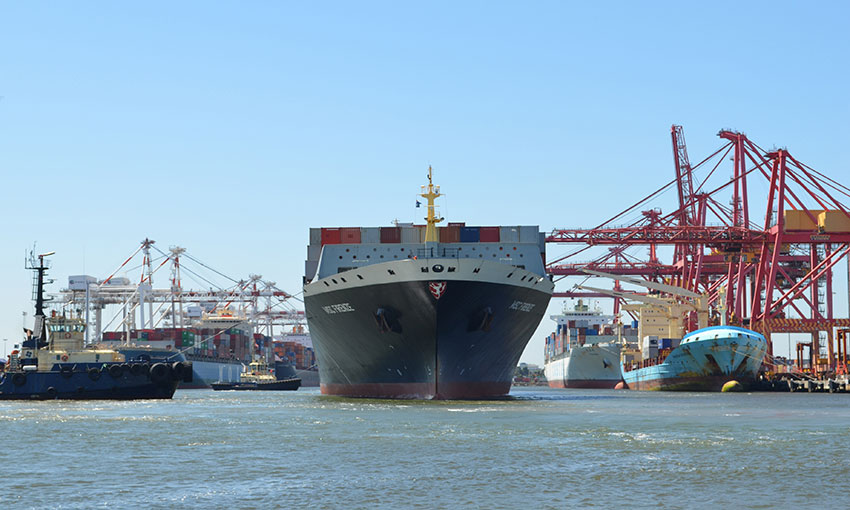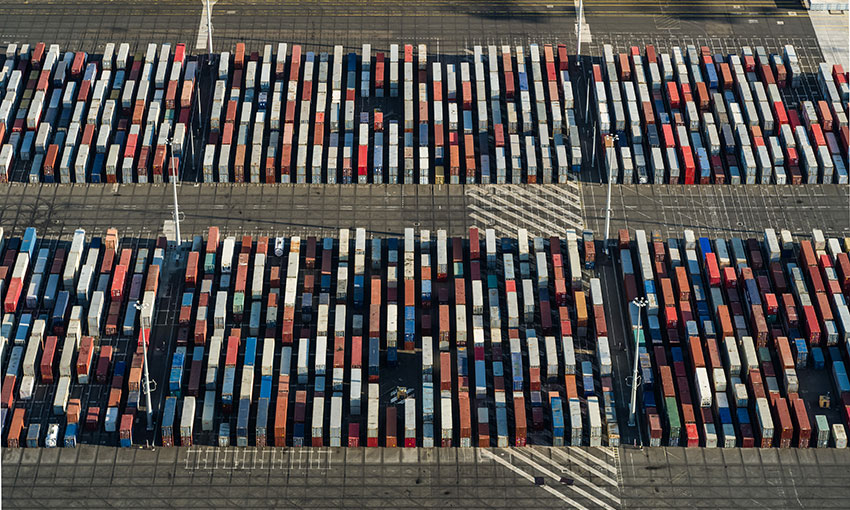THE Victorian government supports all 63 recommendations handed down in the Independent Review of the Victorian Ports System.
The Independent review of the Victorian Ports System was the first holistic review since 2001. And since then, the sector has undergone major changes, including the introduction of a third stevedore at the Port of Melbourne in 2015, and the leasing of that port in 2016.
In a full response the review, released last week, the government said the review provides a roadmap for a “once-in-a-generation reform opportunity”.
The government said it was progressing to a “stewardship role” for the ports system – supporting recent privatisation processes with policy oversight and tools to safeguard and preserve key port operations.
Victoria minister for ports and freight Melissa Horne said commercial ports across Victoria support around $26 billion in locally produced and manufactured exports – handling almost a quarter of Australia’s total food and fibre exports.
“Victorian ports are our gateway to international markets, and with freight volumes expected to more than double over the next three decades, we must have the right infrastructure and policies in place to support Victoria’s growing economy,” she said.
“We have already started making key recommendations from the review a reality – including establishing the new Geelong-based organisation, Ports Victoria.”
The review, submitted to the government in November 2020, found that since 1995, the commercial ports’ governance arrangements have gone from being highly centralised to being governed now by nine agencies.
“This fragmentation has impacted the state’s ability to plan and co-ordinate its responsibilities in providing safe, efficient and effective functioning of the ports system,” the authors wrote.
Also, according to the report, the current arrangements for the regulation of navigational safety in the ports system were needlessly complex and inconsistent across different ports. This relates to harbour masters’ roles, as well as pilotage and towage services.
The report said this lack of clarity about roles and accountability potentially undermines safe port operations and poses significant reputational risk to the state government.
In response to this, there will be legislative reforms to ensure safety roles and functions are reliable and consistently applied across commercial ports. The new legislation will include making Ports Victoria responsible for overseeing the accountability of harbour masters across the state.
The review recommends that pilotage registration provisions in Part 7.1 of the Marine Safety Act 2010 are replaced by a new non-exclusive licensing scheme for pilotage services in all the state’s commercial trading ports.
The review also recommends that Ports Victoria be required to issue a license to any pilotage service provider that can meet the standards and requirements specified under the new scheme.
It recommends similar changes for towage services.
Work is to commence soon on the Victorian Commercial Ports Strategy, recommended in the review to provide clear direction on the role of current and future commercial ports in the management of the state’s growing freight task.
The strategy will also explore trade and industry trends impacting the sector, the capacity of Victorian ports, the transport links and channels that support them, plus the port land-use protections and settings to safeguard current and future port operations.
The review and the full government response can be found on the Victoria Department of Transport website.


